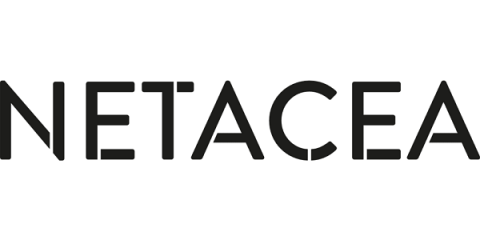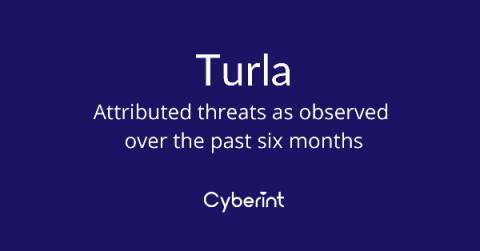Part One: The Rise of Scalper Bots
Scalper bots are designed to automatically purchase online goods. Generally, they do this by adding a product to a cart and completing the checkout process far faster than any human could hope to do so. They exploit vulnerabilities in websites to purchase goods before they are even listed as available to the usual human users of a website. Those using scalper bots have a huge advantage over non-bot users when it comes to purchasing limited-quantity items.










